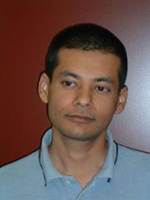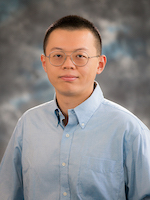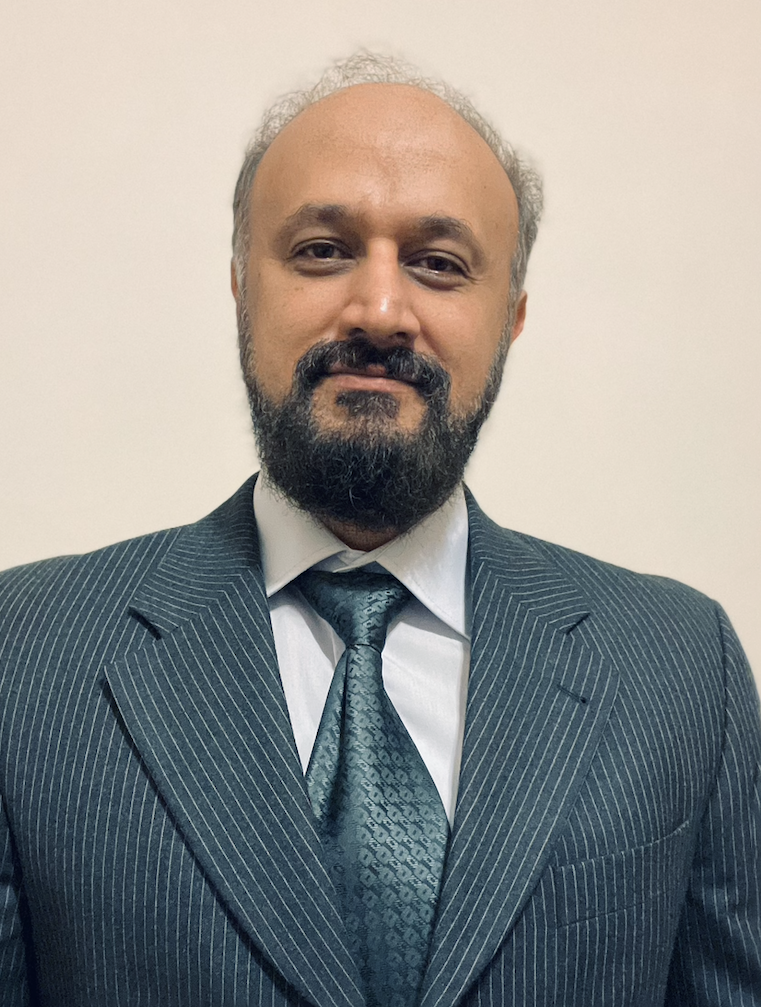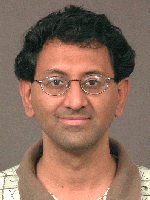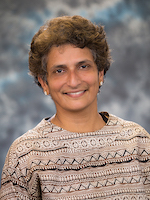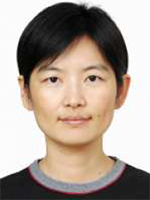Warning: Use of undefined constant three - assumed 'three' (this will throw an Error in a future version of PHP) in /h/cnswww-www.cise/www.cise.ufl.edu/htdocs/wp-content/plugins/cise-research-areas-plugin/research-areas.php on line 53

Click each of the below research areas to view associated faculty.
AI/Machine Learning
AI/Machine Learning
Associated Faculty:
Algorithms
Algorithms
The Algorithms research area includes Data Structures, Discrete Mathematics, and Computational Geometry.
Associated Faculty:
Bioinformatics
Bioinformatics
Bioinformatics is an interdisciplinary field that develops methods and software tools for understanding biological data, in particular when the data sets are large and complex.
Associated Faculty:
Cloud Computing
Cloud Computing
Cloud Computing is the on-demand availability of computer system resources, especially data storage and computing power, without direct active management by the user.
Associated Faculty:
Computational Geometry
Computational Geometry
Computational geometry is a branch of computer science devoted to the study of algorithms which can be stated in terms of geometry.
Associated Faculty:
Computer Vision & Medical Image Computing
Computer Vision & Medical Image Computing
Computer vision is an interdisciplinary scientific field that deals with how computers can gain a high-level understanding from digital images or videos. Medical image computing develops computational and mathematical methods for solving problems pertaining to medical images and their use for biomedical research and clinical care.
Associated Faculty:
Concurrency, Parallelism, and High-Performance Computing
Concurrency, Parallelism, and High-Performance Computing
Associated Faculty:
Database, Data Science, and Informatics
Database, Data Science, and Informatics
Associated Faculty:
Embedded Systems
Embedded Systems
An embedded system is a microprocessor-based computer hardware system with software that is designed to perform a dedicated function, either as an independent system or as a part of a large system. At the core is an integrated circuit designed to carry out computation for real-time operations.
Associated Faculty:
Energy-Aware Computing
Energy-Aware Computing
Associated Faculty:
Graphics and Visualization
Graphics and Visualization
Associated Faculty:
Human-Centered Computing
Human-Centered Computing
The Human-Centered Computing research area includes Human-Computer Interaction, Natural User Interfaces, Graphics, Visualization, Sonification, Advanced Learning Technologies, CS Education Research, Virtual Reality, User Experience, Affective Computing, and IT Workforce.
Associated Faculty:
Image & Signal Analysis
Image & Signal Analysis
Associated Faculty:
Information Security
Information Security
Associated Faculty:
Networking
Networking
Associated Faculty:
Pervasive and Mobile Computing
Pervasive and Mobile Computing
Associated Faculty:

